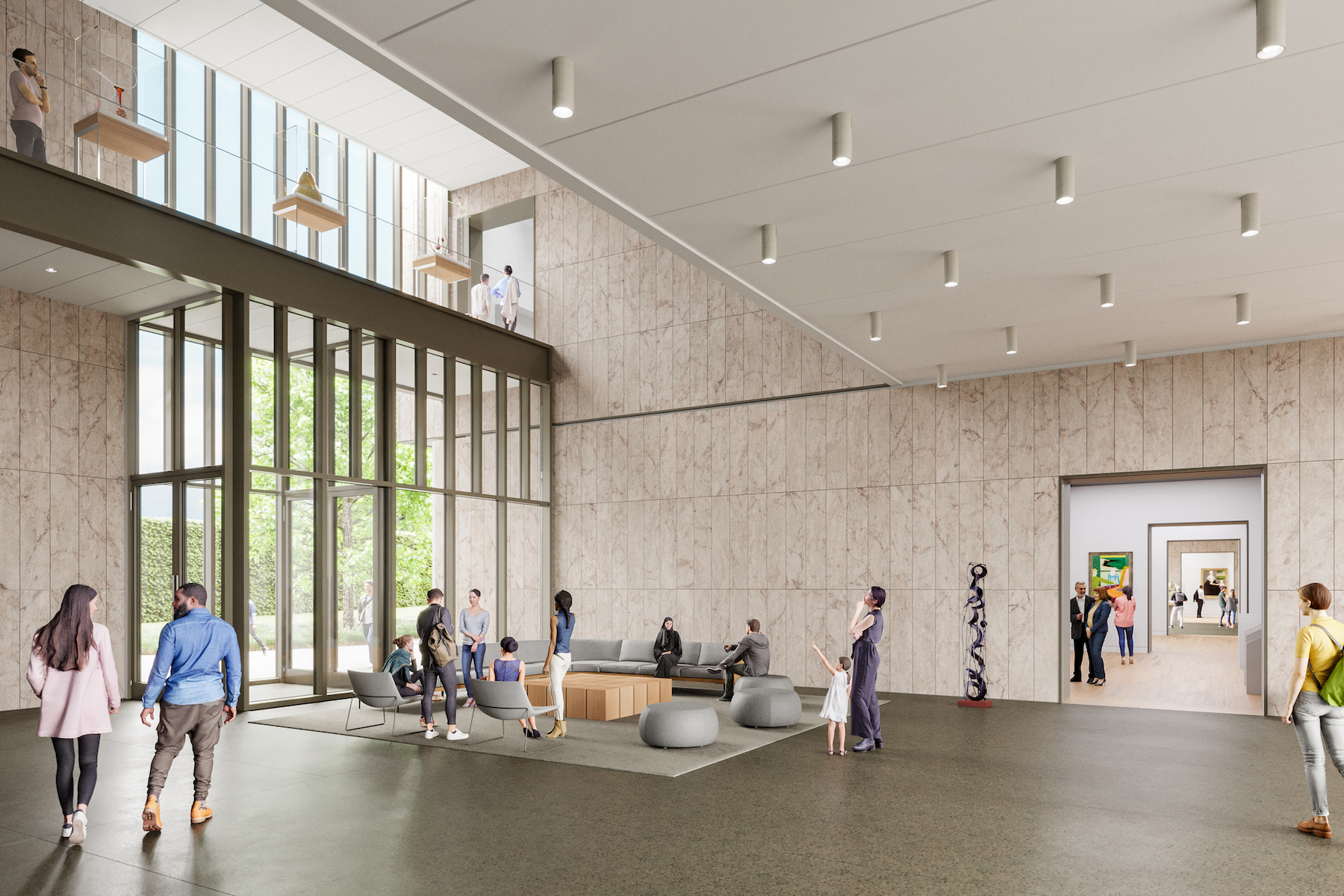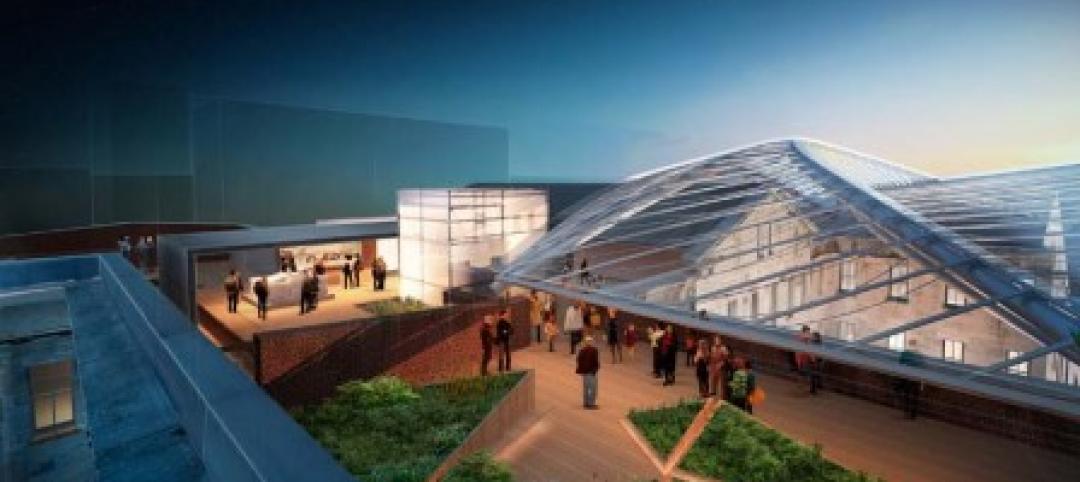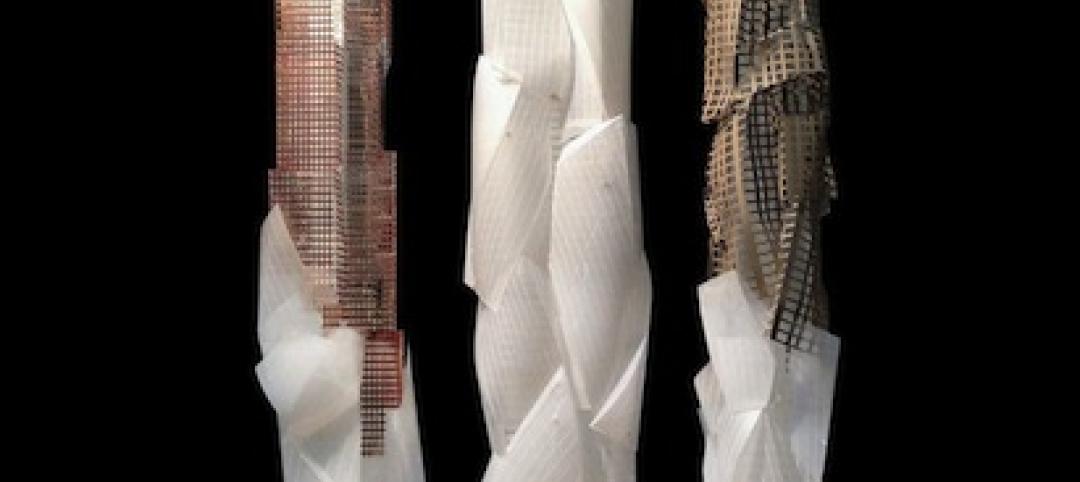On June 1, Palmer Museum of Art at Pennsylvania State University will open a 73,000-sf building with five acres of landscape within the University Park campus’ 370-acre Arboretum and adjacent to the H.O. Smith Botanic Gardens.
The project, designed by the architect Allied Works and landscape architect Reed Hilderbrand, is one of the latest expressions of the museum design trend that blurs the lines separating indoor and outdoor spaces.
Also see: Teddy Roosevelt library aims to be one with nature.
For more than a decade, museum designers have been forging the connection between exhibit space and natural surroundings. The Milwaukee Public Museum recently broke ground on the largest cultural project in Wisconsin’s history, the five-story 200,000-sf Future Museum, codesigned by Ennead Architects and Kahler Slater, with construction by Mortenson and ALLCON scheduled to begin next month. The building’s design harkens to the region’s diverse landscapes formed by movements of water over time. The Future Museum, situated on 2.4 acres in Milwaukee’s Haymarket neighborhood, will include two gardens designed by GGN, located near the entrance and on a rooftop terrace, providing an opportunity to bring native plants into the city’s urban environment.
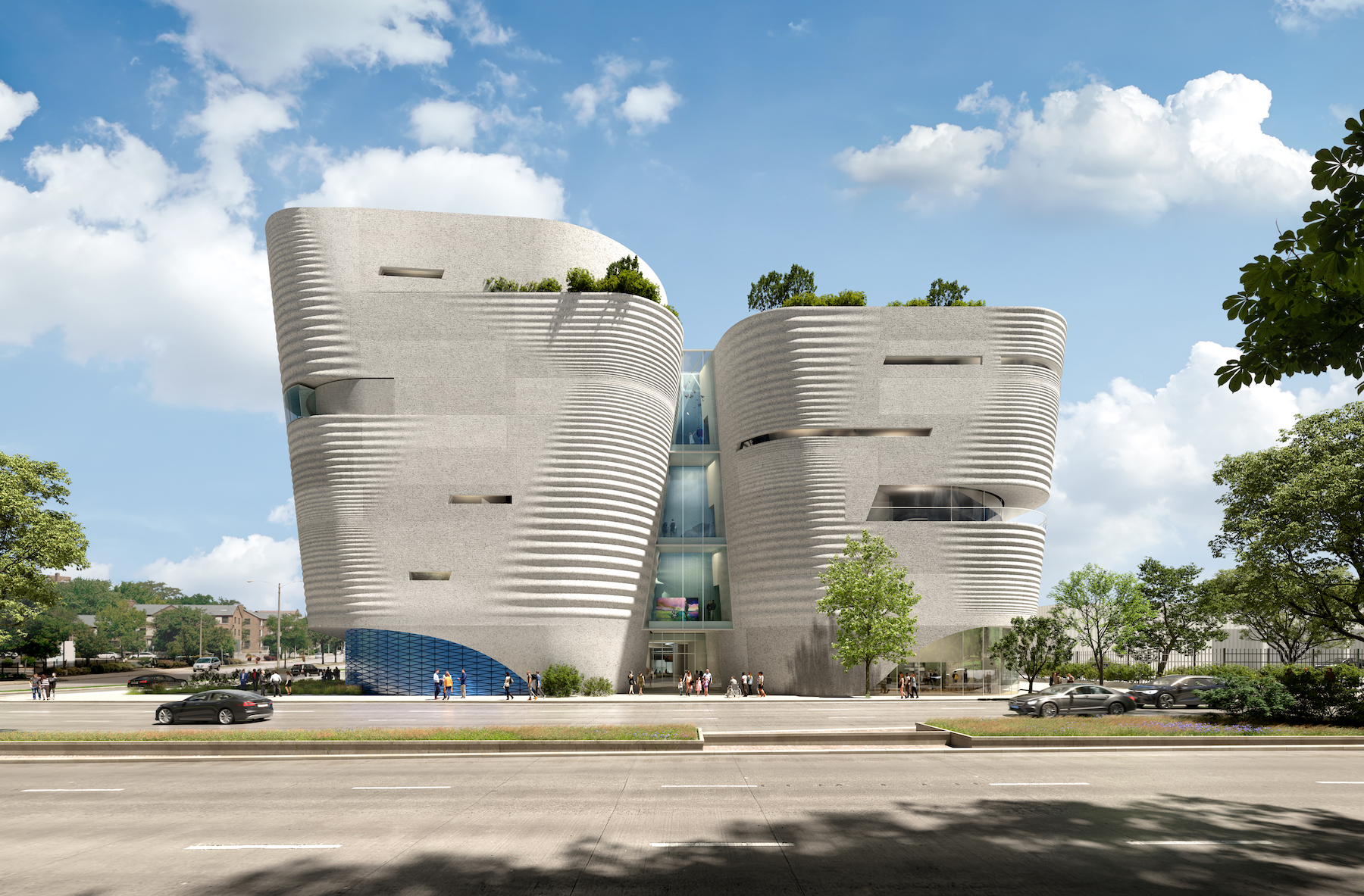
Williams College, in Williamstown, Mass., in March unveiled renderings for its first purpose-built art museum, which is scheduled to open in 2027. This three-story, 76,800-sf museum, designed by SO-IL, will consist of four program areas. A courtyard garden stands at the heart of this mass timber building. And views of the Berkshires’ landscape open from the central lobby toward the main entrances. Seating areas between the museum’s galleries offer view of the landscape, as does a lounge that unifies research space and classrooms. The landscape around the building will be reforested and renewed, with flowering meadows and gardens featuring native plants.
The Building Team for the Williams College Art Museum includes PDR (executive architect), Reed Hilderbrand (landscape architect), Fast + Epp (SE), Buro Happold (MEP), Fuss & O’Neil (CE), Thornton Tomasetti (sustainability consultant), Consigli (CM), Skanska (owner’s project manager), FMS (lighting designer), and SGH (envelope consultant).
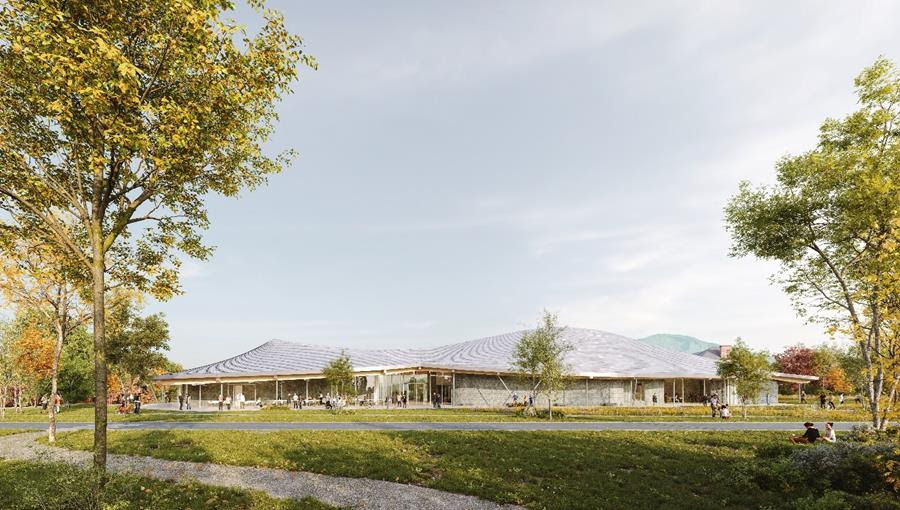
Credit: Jeudi.Wang, courtesy SO–IL and the Williams College Museum of Art.
Like strolling through a garden
The design of Penn State’s new $85 million Palmer Museum of Art doubles the existing building’s footprint and includes 20 galleries, new educational and event spaces, a sculpture path, and outdoor terraces. Grasslands, gardens, and woodlands of the Arboretum inspired the museum’s design, too. Interlocking pavilions define six courtyards and create space for the terraces and gardens. An overhead bridge joins the museum’s two wings, and creates a gateway to the botanic gardens and nearby Pollinator and Bird Garden.
“As a lifelong gardener, the prospect of merging my two passions, art and landscape, was very exciting,” said Allied Works’ Principal Brad Cloepfil, in a prepared statement. “The Palmer Museum of Art’s new location invites you on a walkthrough of the gardens and galleries as the building moves over the site.”
Erin M. Coe, Palmer Museum of Art director, added that a visit to the museum “provides a remarkable opportunity to meander through spaces filled with works of art as though one were strolling through the landscape.”
Related Stories
| Jul 29, 2013
2013 Giants 300 Report
The editors of Building Design+Construction magazine present the findings of the annual Giants 300 Report, which ranks the leading firms in the AEC industry.
| Jul 26, 2013
How biomimicry inspired the design of the San Francisco Museum at the Mint
When the city was founded in the 19th century, the San Francisco Bay’s edge and marshland area were just a few hundred feet from where the historic Old Mint building sits today. HOK's design team suggested a design idea that incorporates lessons from the local biome while creating new ways to collect and store water.
| Jul 22, 2013
Cultural Facility Report [2013 Giants 300 Report]
Building Design+Construction's rankings of design and construction firms with the most revenue from cultural facility projects, as reported in the 2013 Giants 300 Report.
| Jul 19, 2013
Reconstruction Sector Engineering Firms [2013 Giants 300 Report]
URS, STV, Wiss Janney Elstner top Building Design+Construction's 2013 ranking of the largest reconstruction engineering and engineering/architecture firms in the U.S.
| Jul 19, 2013
Reconstruction Sector Architecture Firms [2013 Giants 300 Report]
Stantec, HOK, HDR top Building Design+Construction's 2013 ranking of the largest reconstruction architecture and architecture/engineering firms in the U.S.
| Jul 19, 2013
Renovation, adaptive reuse stay strong, providing fertile ground for growth [2013 Giants 300 Report]
Increasingly, owners recognize that existing buildings represent a considerable resource in embodied energy, which can often be leveraged for lower front-end costs and a faster turnaround than new construction.
| Jul 2, 2013
LEED v4 gets green light, will launch this fall
The U.S. Green Building Council membership has voted to adopt LEED v4, the next update to the world’s premier green building rating system.
| Jul 1, 2013
Report: Global construction market to reach $15 trillion by 2025
A new report released today forecasts the volume of construction output will grow by more than 70% to $15 trillion worldwide by 2025.
| Jun 28, 2013
Building owners cite BIM/VDC as 'most exciting trend' in facilities management, says Mortenson report
A recent survey of more than 60 building owners and facility management professionals by Mortenson Construction shows that BIM/VDC is top of mind among owner professionals.
| Jun 25, 2013
Mirvish, Gehry revise plans for triad of Toronto towers
A trio of mixed-use towers planned for an urban redevelopment project in Toronto has been redesigned by planners David Mirvish and Frank Gehry. The plan was announced last October but has recently been substantially revised.


